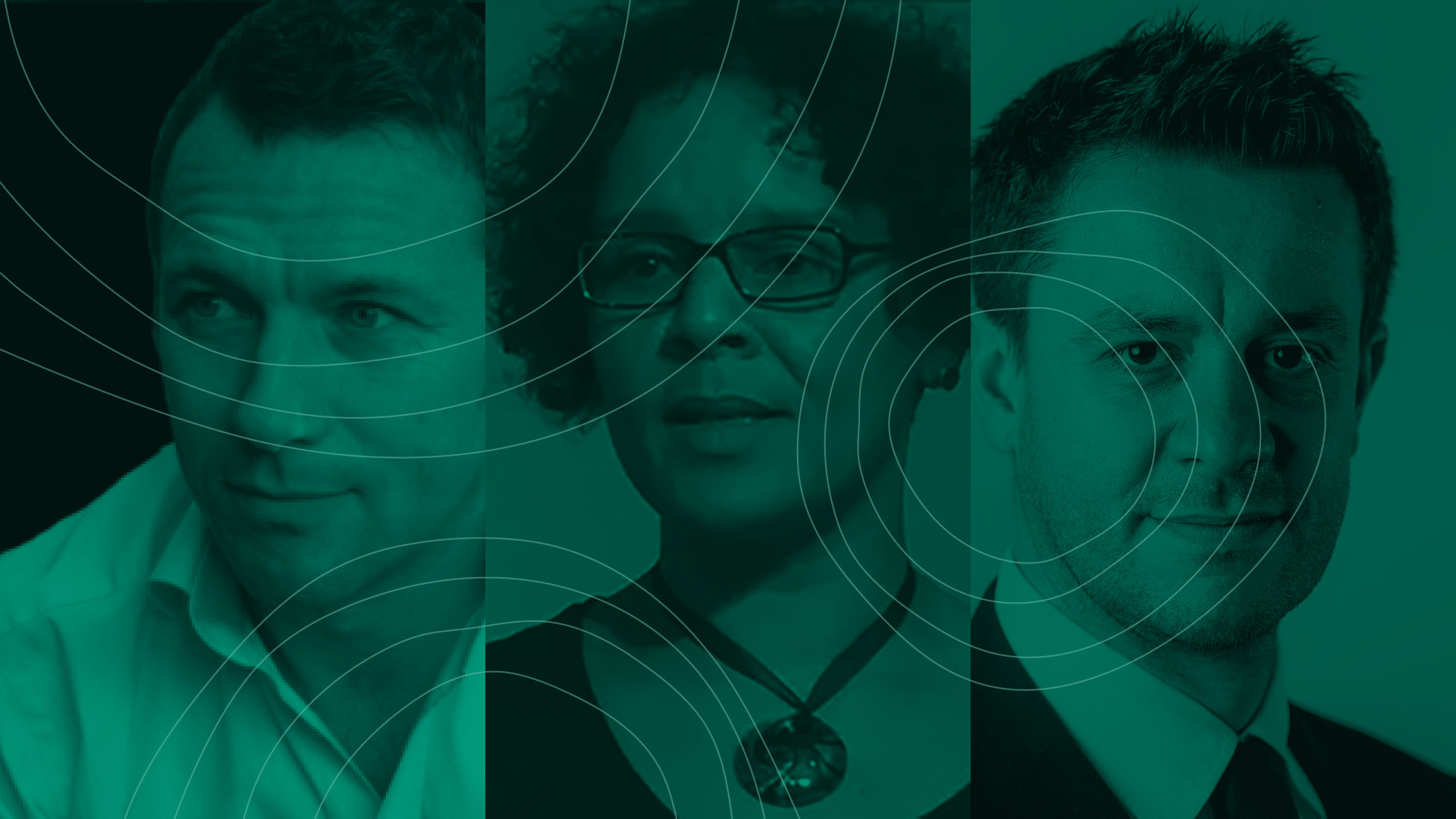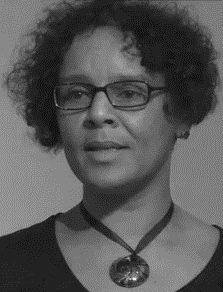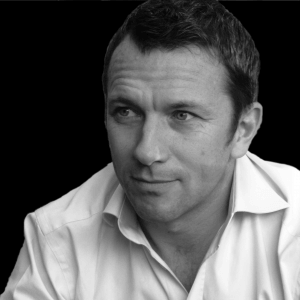A quarterly publication providing short summaries of ten research studies from the field of trauma and childhood maltreatment.
Adverse Childhood Experiences (ACEs) Research: Implications for practitioners
Research Practice Focus #3 | October 2021
In this Research Practice Focus video, we explain what ACEs are, how they are measured, and the pros and cons of routine screening.
Watch the video

About the speakers
Professor Andrea Danese

Andrea Danese is Professor of Child & Adolescent Psychiatry at the Institute of Psychiatry, Psychology and Neuroscience, King’s College London. Research from his team has led to highly-cited publications on the measurement of childhood trauma, risk factors for trauma exposure, biological mechanisms through which trauma affects later health, mechanisms of resilience, modelling of individualised risk prediction for trauma-related psychopathology, and the epidemiology of child trauma and trauma-related psychopathology. Professor Danese is an active clinician working as Consultant Child & Adolescent Psychiatrist at the National & Specialist CAMHS Clinic for Trauma, Anxiety, and Depression, South London & Maudsley NHS Foundation Trust. He is also the Academic Secretary for the Royal College of Psychiatrists’ Faculty of Child & Adolescent Psychiatry.
Professor Helen Minnis

Helen Minnis is Professor of Child and Adolescent Psychiatry at the University of Glasgow. She has had a longstanding clinical and research focus on the psychiatric problems of abused and neglected children. Currently her focus is on intervention research, including a randomised controlled trial of an infant mental health service for young children in foster care and a randomised controlled trial of Dyadic Developmental Psychotherapy for primary school-aged children in adoptive or foster placements. She is also conducting behavioural genetic research focussed on the role of abuse and neglect across the life-course.
David Trickey

David Trickey is a Consultant Clinical Psychologist who has specialised in working with traumatised and bereaved children, young people, and families for more than 20 years. He continues to focus on direct clinical work, as well as the training and supervision of other practitioners. He routinely acts as an expert witness in civil and criminal cases and in 2018 was part of the NICE committee to revise guidelines on PTSD.
Notes on the research
Research links from the video.
ACEs definition
- Felitti, V. J., Anda, R. F., Nordenberg, D., Williamson, D. F., Spitz, A. M., Edwards, V., Koss, M. P., & Marks, J. S. (1998). Relationship of Childhood Abuse and Household Dysfunction to Many of the Leading Causes of Death in Adults. American Journal of Preventive Medicine, 14(4), 245–258. https://doi.org/10.1016/s0749-3797(98)00017-8
Measuring ACEs
- Baldwin, J. R., Caspi, A., Meehan, A. J., Ambler, A., Arseneault, L., Fisher, H. L., Harrington, H., Matthews, T., Odgers, C. L., Poulton, R., Ramrakha, S., Moffitt, T. E., & Danese, A. (2021). Population vs Individual Prediction of Poor Health From Results of Adverse Childhood Experiences Screening. JAMA Pediatrics, 175(4), 385. https://doi.org/10.1001/jamapediatrics.2020.5602
- Danese, A. (2019). Annual Research Review: Rethinking childhood trauma‐new research directions for measurement, study design and analytical strategies. Journal of Child Psychology and Psychiatry, 61(3), 236–250. https://doi.org/10.1111/jcpp.13160
- Reuben, A., Moffitt, T. E., Caspi, A., Belsky, D. W., Harrington, H., Schroeder, F., Hogan, S., Ramrakha, S., Poulton, R., & Danese, A. (2016). Lest we forget: comparing retrospective and prospective assessments of adverse childhood experiences in the prediction of adult health. Journal of child psychology and psychiatry, and allied disciplines, 57(10), 1103–1112. https://doi.org/10.1111/jcpp.12621
Screening ACEs
- Lacey, R. E., & Minnis, H. (2019). Practitioner Review: Twenty years of research with adverse childhood experience scores – Advantages, disadvantages and applications to practice. Journal of Child Psychology and Psychiatry, 61(2), 116–130. https://doi.org/10.1111/jcpp.13135
Trauma and neurodevelopmental disorders
- Dinkler, L., Lundström, S., Gajwani, R., Lichtenstein, P., Gillberg, C., & Minnis, H. (2017). Maltreatment-associated neurodevelopmental disorders: a co-twin control analysis. Journal of Child Psychology and Psychiatry, 58(6), 691–701. https://doi.org/10.1111/jcpp.12682
- Gajwani, R., Dinkler, L., Lundström, S., Lichtenstein, P., Gillberg, C., & Minnis, H. (2021). Mania symptoms in a Swedish longitudinal population study: The roles of childhood trauma and neurodevelopmental disorders. Journal of Affective Disorders, 280, 450–456. https://doi.org/10.1016/j.jad.2020.10.076
Video transcript
David Trickey: Hello, I’m David Trickey. I’m a Consultant Clinical Psychologist and Co-Director of the UK Trauma Council, which brings together the UK’s leading experts in child trauma in order to create resources and guidance for policy-makers and front line professionals working with children and young people following traumatic experiences. Today, in this Research to Practice video, we are going to talk about the implications for practice of the ever-increasing body of research concerning adverse childhood experiences or ACEs. I’m joined by two professors of child and adolescent psychiatry: Professor Helen Minnis from the University of Glasgow and Professor Andrea Danese from King’s College London. So I’m going to ask each of you a few questions if that’s okay. So it’s hard to be a practitioner in child mental health and not have come across the term adverse childhood experiences or ACEs. But, Helen I wonder if we could start by you explaining exactly what ACEs are?
Helen Minnis: So ACEs were defined by an American team, more than two decades ago, as, on the one hand, abuse and neglect and on the other hand, what they called family dysfunction and those family dysfunctions could be uncommon things like having a father in prison or a mother in prison or parent with a severe mental illness or they could be very common things like divorce. And the simplicity of it is that it’s basically a checklist of usually 10 items including that whole range of adversities in childhood.
DT: And Andrea, could you explain to us a bit more exactly how ACEs are measured and are there any problems with that?
Andrea Danese: Sure. So, we typically measure ACEs retrospectively, that is, as in the paper that Helen just mentioned, we ask adults and very rarely children to recall their childhood history. And we don’t assume that those retrospective recalls, those memories, really are exact measures of what could have we could have measured prospectively, for example, from child protection or medical records or asking parents for example. But we have shown in a set of papers that that’s not really the case. So perspective and retrospective measures of ACEs identify two groups that really don’t quite overlap. So, this might be surprising at first to hear, but we have now several consistent observations really showing this very clearly. There is an important implication in this, and that is that it is not just what happened, but what we make of it that really counts. Particularly we know this very well now with regard to psychopathology, but we’re also researching the implication for physical health. So, we may be able to use and improve psychological interventions then to reduce the impact of ACEs on health.
DT: Great thanks very much and Helen, can you tell us a bit more about how do ACEs impact individuals?
HM: Well, that’s really it gets really fascinating because the impact of ACEs is so individual and some individuals seem to get away without any negative effects. And I think that’s because there’s been recent research showing really across the animal kingdom — of course, we are animals — that we are actually adapted to, our physiology is adapted to stress, so you know we rebalance ourselves when we’re stressed, even if the stress is very extreme. But what we don’t know is why and when our stress adaptation system could be overwhelmed. So really the range of impact can be from virtually no impact at all to things like posttraumatic stress disorder if ACES happen in early life, attachment disorders, like reactive attachment disorder for children who don’t want to seek and accept comfort. But that is actually quite rare.
DT: Great. Thank you very much. Andrea, some services started to routinely ask people about their adverse childhood experiences. I just wondered if you could say something about the pros and the cons of such an approach?
AD: Absolutely. So, there are clearly advantages, so some pros, and of course it’s really important to engage in the narrative that people build to explain themselves and others, and therefore also talking about their adverse childhood experiences. It tells us about their worldview, and how they react to it. It can help us build empathy, trust, understanding. So, this discussion and being open in this discussion can be clearly advantageous. However, we have shown in a set of papers and the last one just early this year, that it is dangerous to use simplistic screening methods to make risk prediction for individuals and, therefore, then also allocate resources on intervention, for instance. So, what the research shows is that groups of people with greater ACEs have also greater risk of negative outcomes. However our ACE number is not our destiny, as we have said several times. I mentioned this paper that was led by Jessie Baldwin at UCL now in JAMA Pediatrics earlier this year, where we have highlighted that there is much heterogeneity — many differences within each group determined by ACEs number. So really building again on what Helen was saying right, so there are a lot of differences within groups who have the same ACE number. So, for example, many of those who have four plus ACEs don’t have poor health and those will be false positives. And on the opposite side, many of those with low ACEs can develop poor outcomes and those would be false negatives. Therefore, we cannot simply use ACEs or ACEs count to make individual risk prediction because the individual risk prediction would be really poor. So, we need better computational methods that we are currently trying to develop for it.
DT: Great. Thank you very much, and now my final question to both of you really is, what are the implications of this body of research for practitioners and clinicians. Helen, perhaps I could start with you.
HM: So, I would agree with Andrea that the whole ACES literature should, if anything, help us to be more compassionate and curious about our patients. But for me there’s a really big caveat, so our research has shown that people who have experienced ACEs and also much more likely than the general population to experience other mental health problems which are probably heritable, things like ADHD, for example. And so, what we must be really careful of as clinicians is that a person’s ACE history doesn’t close us off to a holistic view of that individual. If a person has experienced adversity in early life they deserve, in my view, and even more thorough our mental health assessment, and we should also be open-minded to the possibility that they don’t have trauma related problems.
DT: Thank you very much. And Andrea do you have any thoughts about the implications for practitioners?
AD: Absolutely. So, I will start with echoing what Helen just said that ACEs are not randomly distributed in the population. There are many reasons why some children and young adults will have high levels of ACEs, so it’s really important to think about what the pre-existing vulnerabilities and risks are because we need to address those to reduce the impact of ACEs as well. And, more generally, I think that the findings that we just described really warn is that more simple, and perhaps more attractive narratives about childhood trauma may be inaccurate and hide the complexity that we must address to improve the lives of children and adults with high ACEs. And so, we don’t want to just leave it at their count, but we need to develop probably a more complex, but a better description of their needs if we want to help.
DT: Brilliant. Thank you so much, both of you, thank you.